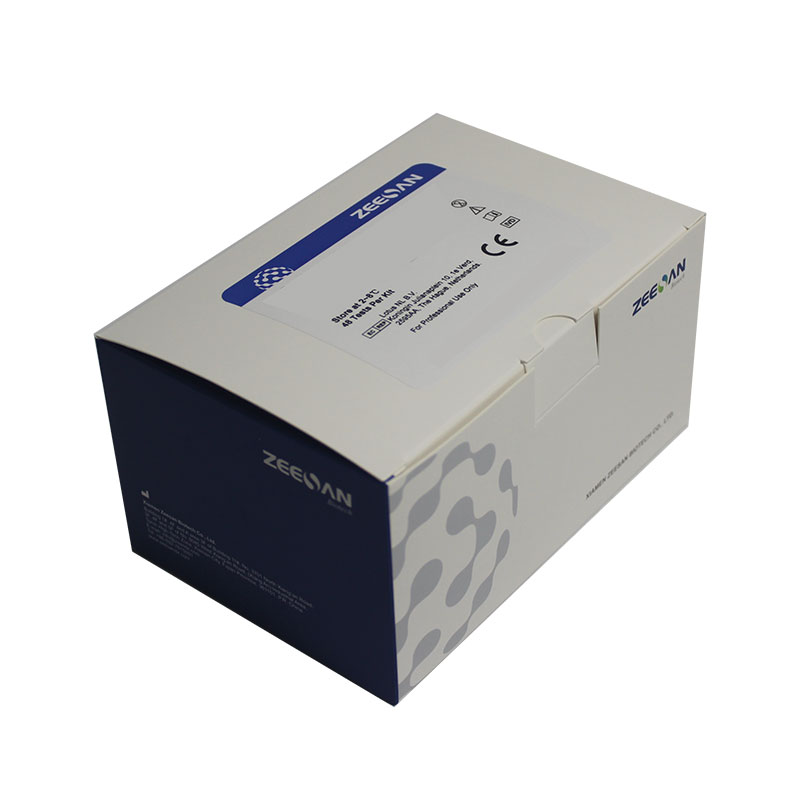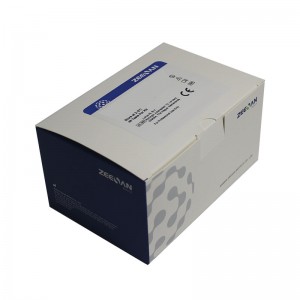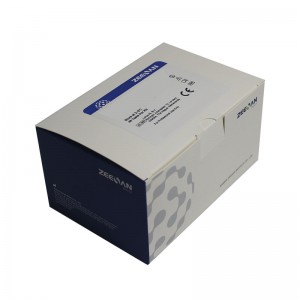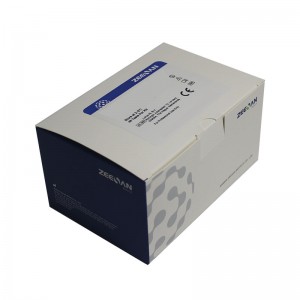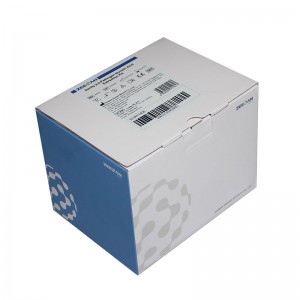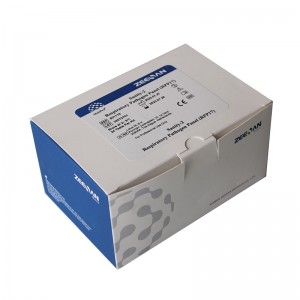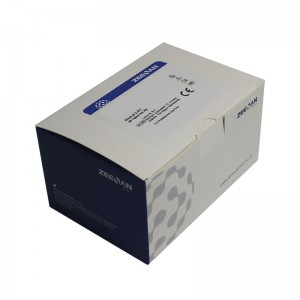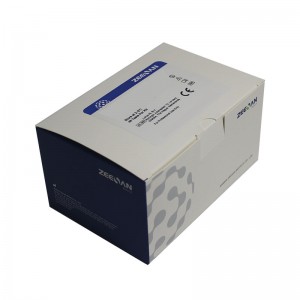
Product
Sanity-2 Respiratory Pathogen Panel (RPP3)
The Sanity-2 Respiratory Pathogen Panel (RPP3) is a multiplex real-time, reverse transcriptase polymerase chain reaction (RT-PCR) test intended for the in vitro qualitative detection and differentiation of influenza A, influenza B, respiratory syncytial virus (RSV) viral RNA in nasopharyngeal swab (NPS), oropharyngeal swab (OPS), saliva, sputum and bronchoalveolar lavage fluid (BALF) specimens obtained from individuals suspected of respiratory tract infections. The kit is intended as an aid in the diagnosis of influenza and respiratory syncytial virus infections in conjunction with clinical and epidemiological risk factors. The kit is intended for use by trained clinical laboratory personnel specifically instructed and trained in the techniques of real-time PCR and in vitro diagnostic procedures.
Influenza viruses are negative-sense single-strand RNA orthomyxoviruses. Influenza A and B are the two major subtypes that cause annual flu epidemics in humans. Influenza A is generally responsible for seasonal flu epidemics and occasionally for pandemics. Infections with influenza B virus are generally restricted to humans and are less frequent causes of epidemics.
Transmission of influenza is primarily airborne (i.e., coughing or sneezing); the peak of transmission usually occurs in the winter months. Symptoms commonly include fever, chills, headache, muscle aches, malaise, cough, and sinus congestion. Pneumonia may develop as a complication of influenza infection, causing increased morbidity and mortality in pediatric, elderly, and immunocompromised populations. Influenza A viruses are further divided into subtypes on the basis of two surface proteins: hemagglutinin (H) and neuraminidase (N). Seasonal flu is normally caused by subtypes H1, H2, H3, N1 and N2. In addition to seasonal flu, a novel H1N1 strain was identified in humans in the United States in early 2009. Influenza B has only one serotype and two known lineages–B/Yamagata and B/Victoria – with significant Influenza B epidemics occurring about every 2-3 years.
Respiratory syncytial virus (RSV), is a negative-sense single-strand RNA Paramyxoviruses consisting of two strains (subgroups A and B). RSV is the most common cause of severe respiratory disease in infants, with acute bronchiolitis as the major cause of hospitalization. Like other respiratory viruses, RSV is primarily spread through coughing or sneezing. The virus generally causes mild cold-like symptoms such as runny nose, sneezing, and coughing, but may cause serious illness in young children and the elderly. The RSV season overlaps with influenza season somewhat as infections begin to rise during the fall and continues through early spring.
Principle
The kit used a multiplex TaqMan probe-based one-step reverse transcription polymerase chain reaction (RT-PCR), which enables simultaneous qualitative detection of influenza A (InfA), influenza B (InfB) and respiratory syncytial virus (RSV), as well as one internal control (Armored RNA for SUC2) in one reaction. For ease of storage and transportation, the amplification reagent is designed in pre-distributed dry form.
CE-IVD Marked
Interested to Know More about Our Solution to Molecular Diagnostics?

